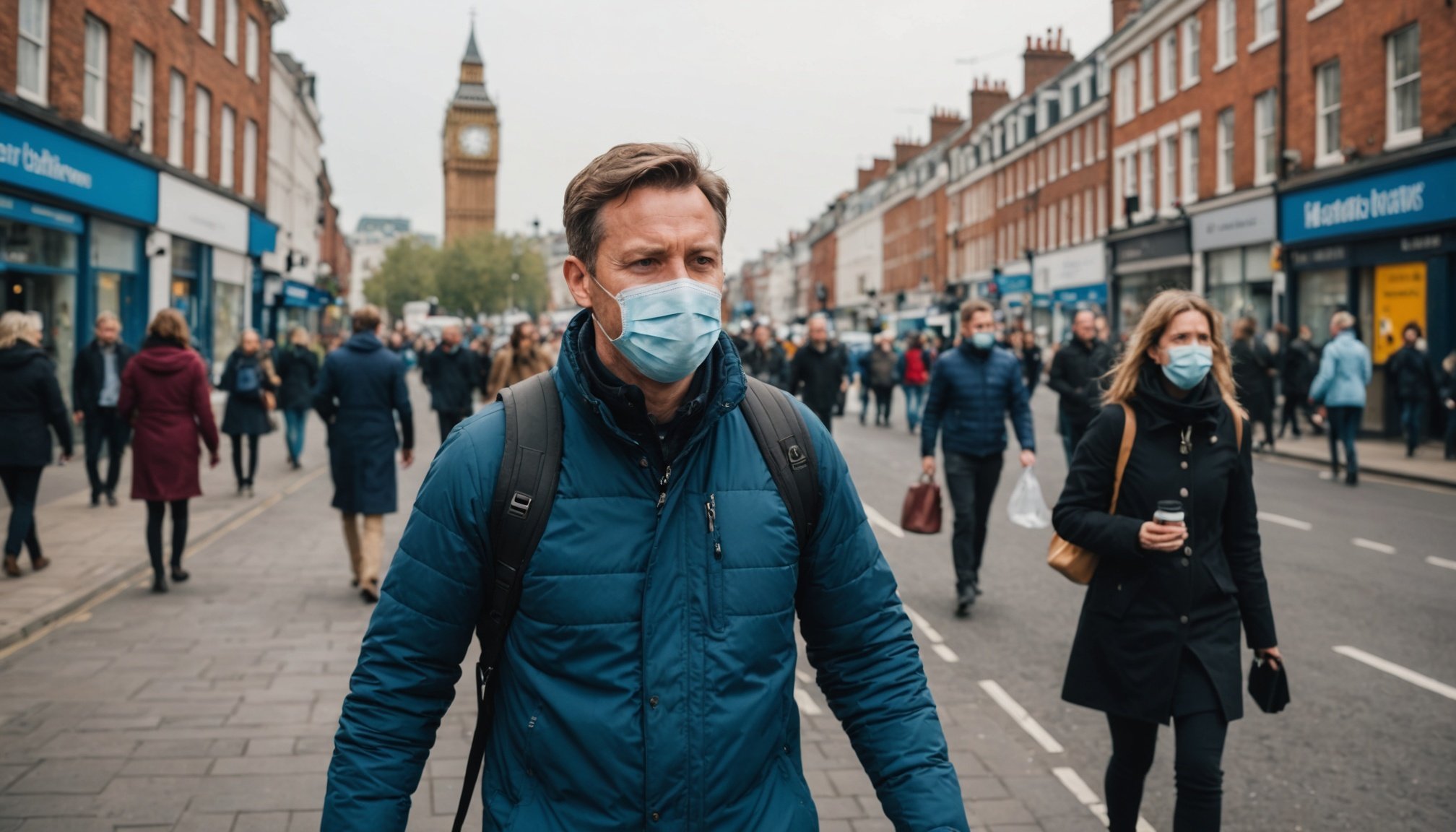In the bustling cities of the United Kingdom, a silent adversary lurks in the very air people breathe. With urbanization and industrial activities at an all-time high, air pollution levels have reached concerning heights, posing significant threats to respiratory health. It is crucial for the inhabitants of these cities to understand the impact of air quality on their lungs and overall well-being, as exposure to these pollutants can have long-lasting effects. This article delves into the quality of air in UK cities, examining how it affects the health of residents, particularly focusing on vulnerable populations such as children and the elderly.
The State of Air Quality in UK Cities
As urban areas, including London and other metropolises, continue to expand, the escalating levels of air pollution have become an imposing issue. The primary pollutants in these cities come from vehicular emissions, industrial discharges, and indoor sources like household heating and cooking. The air quality index (AQI) frequently registers levels that surpass safe thresholds, raising alarms for residents.
Have you seen this : How can understanding gut health contribute to overall well-being in the UK?
Data collected over recent years indicates that particulate matter (PM) and nitrogen dioxide (NO2) are prominent contaminants that deteriorate air quality. In particular, PM2.5, with its microscopic size, penetrates deep into the lung tissues, causing adverse respiratory effects. A noteworthy study published in the Journal of Environmental Science, DOI: 10.1023/B:ENVU.0000000000, suggests that exposure to these elements is linked to an increase in respiratory ailments and hospitalizations.
For many people, the air they breathe indoors is equally concerning. Indoor concentrations of pollutants can sometimes exceed outdoor levels due to poor ventilation and the lack of awareness about emissions from domestic activities. Identifying and addressing these sources is vital for improving air quality in living environments.
Additional reading : How can telemedicine improve healthcare access for rural communities in the UK?
Impacts of Air Pollution on Respiratory Health
The health implications of air pollution are profound and varied, with respiratory issues at the forefront. In urban areas, where pollutant levels are consistently high, residents experience a range of health problems. Chronic exposure to pollutants like PM2.5 and NO2 can lead to the development or exacerbation of respiratory conditions such as asthma, chronic obstructive pulmonary disease (COPD), and even lung cancer.
Children, with their developing respiratory systems, are particularly susceptible to the adverse effects of air pollution. Studies indicate that prolonged exposure during early childhood can lead to reduced lung function and increased susceptibility to respiratory infections. The elderly and those with pre-existing health conditions also face heightened risks, as their bodies are less capable of combating the harmful effects of polluted air.
While short-term exposure can trigger acute symptoms like coughing and wheezing, long-term exposure can compromise the immune system, leading to chronic respiratory complications. Understanding these impacts underscores the importance of monitoring air quality and taking proactive measures to mitigate exposure.
Strategies for Improving Air Quality
Addressing the challenge of air pollution requires a multifaceted approach that involves individual actions, community initiatives, and government policies. To improve air quality and safeguard public health, several strategies can be employed:
-
Reducing Emissions: A significant portion of urban pollution comes from vehicular emissions. Expanding public transport networks, promoting electric vehicles, and encouraging cycling or walking are effective methods to reduce emissions.
-
Enhancing Green Spaces: Urban green areas act as natural air filters, absorbing pollutants and improving oxygen levels. Increasing green cover in cities not only enhances air quality but also provides recreational spaces for residents.
-
Improving Building Standards: Enhancing ventilation in homes and workplaces can significantly reduce indoor air pollution. Adopting eco-friendly construction materials and designs helps in maintaining healthier indoor environments.
-
Public Awareness Campaigns: Education plays a critical role in shaping behavior. Informing citizens about the sources and effects of air pollution empowers them to make informed decisions that contribute to a cleaner environment.
Conclusion
Air quality remains a pressing environmental concern in UK cities, with direct implications for the respiratory health of their inhabitants. The data highlights the urgent need for comprehensive strategies that tackle both outdoor and indoor pollution sources. While progress is being made, continued efforts are essential to protect vulnerable populations and ensure a healthier future for all.
As residents, acknowledging the impact of air pollution on our health is the first step towards change. By advocating for sustainable practices and policies, we can collectively work towards reducing pollution levels and enhancing the quality of life in urban areas. With concerted efforts from individuals, communities, and policymakers, we can breathe easier and live healthier in the cities we call home.










